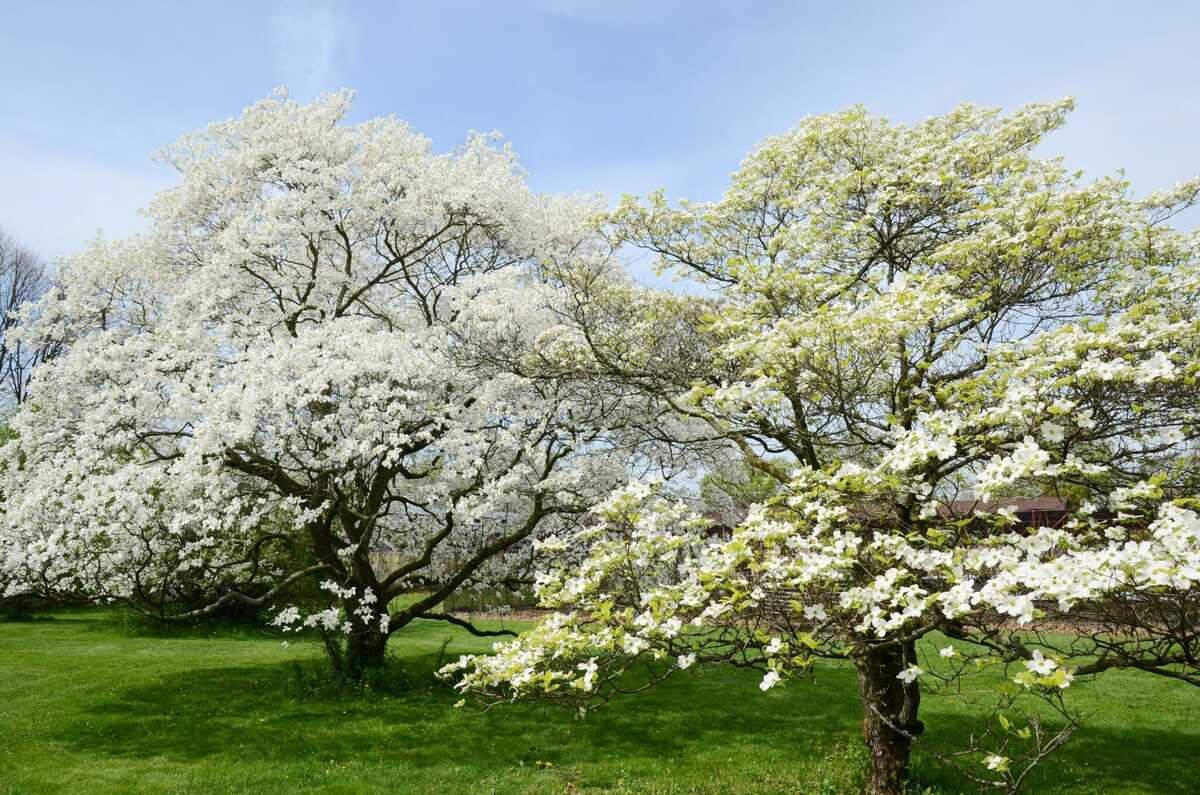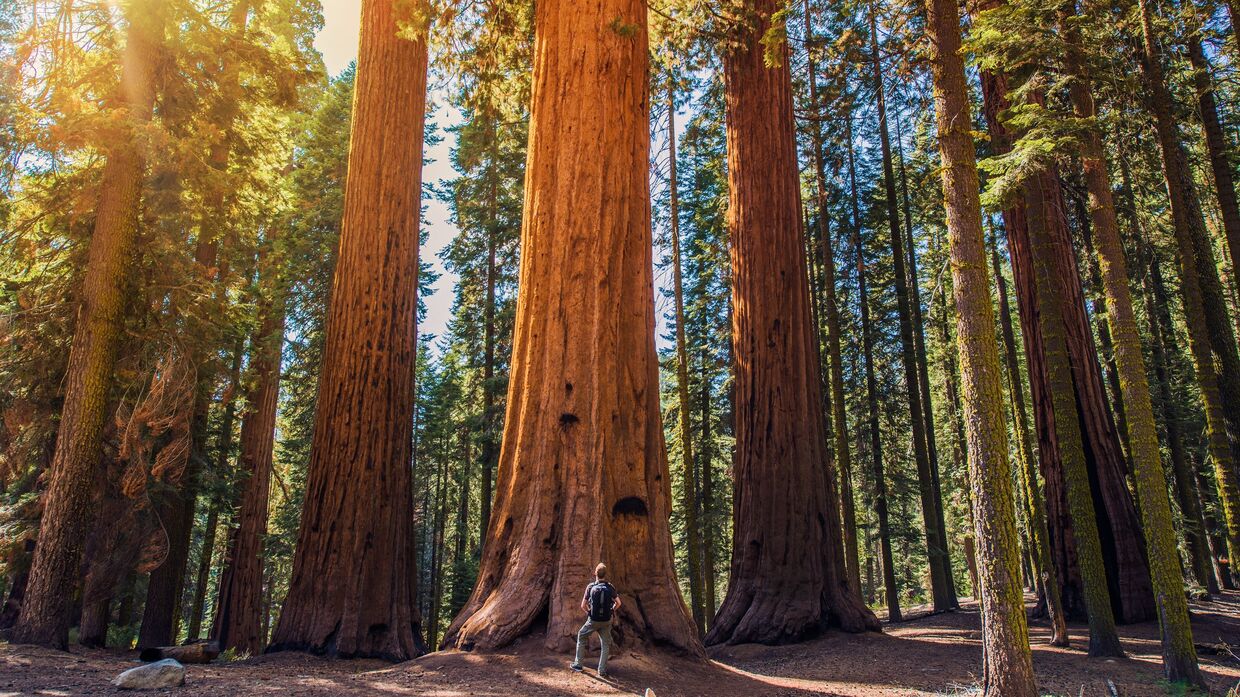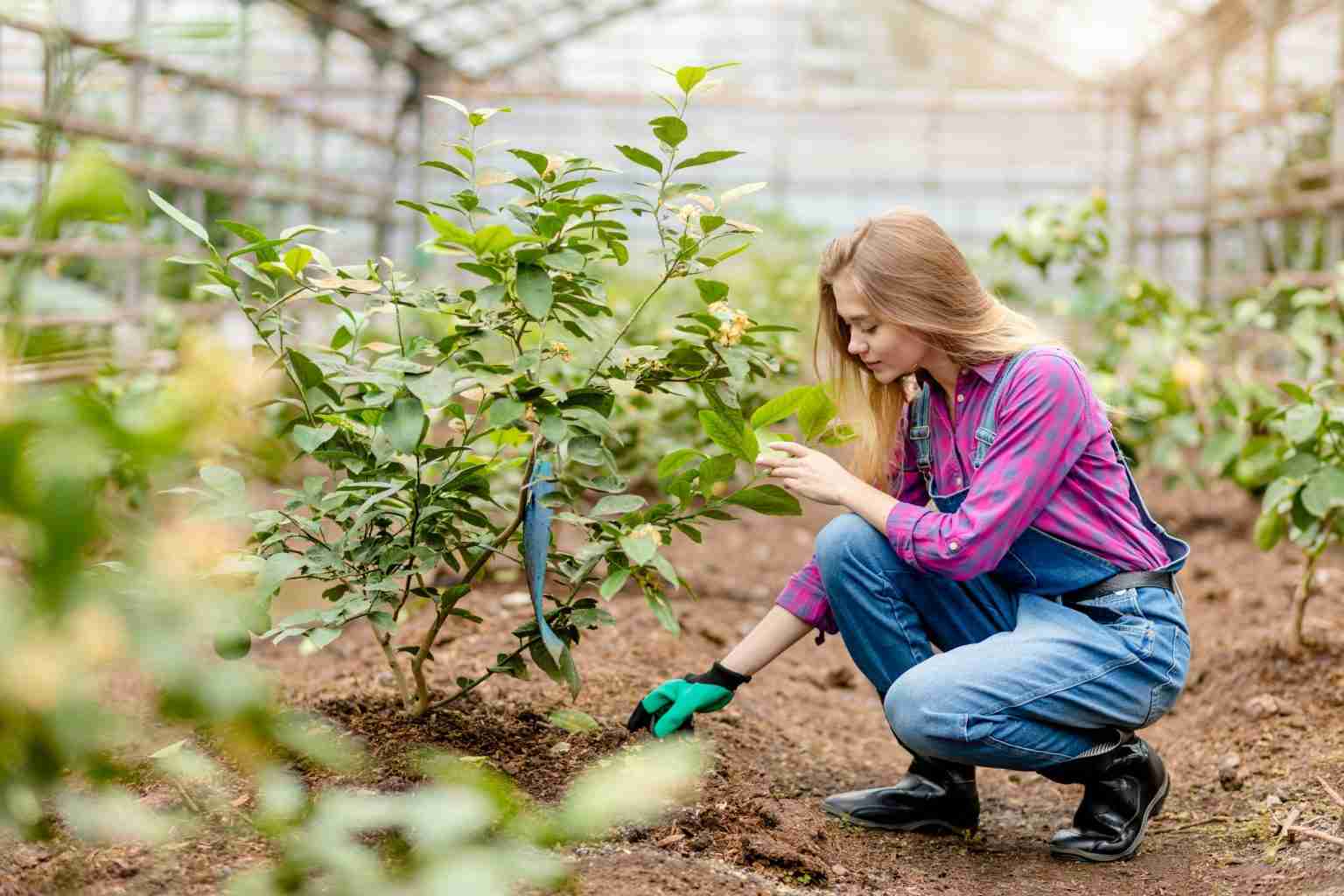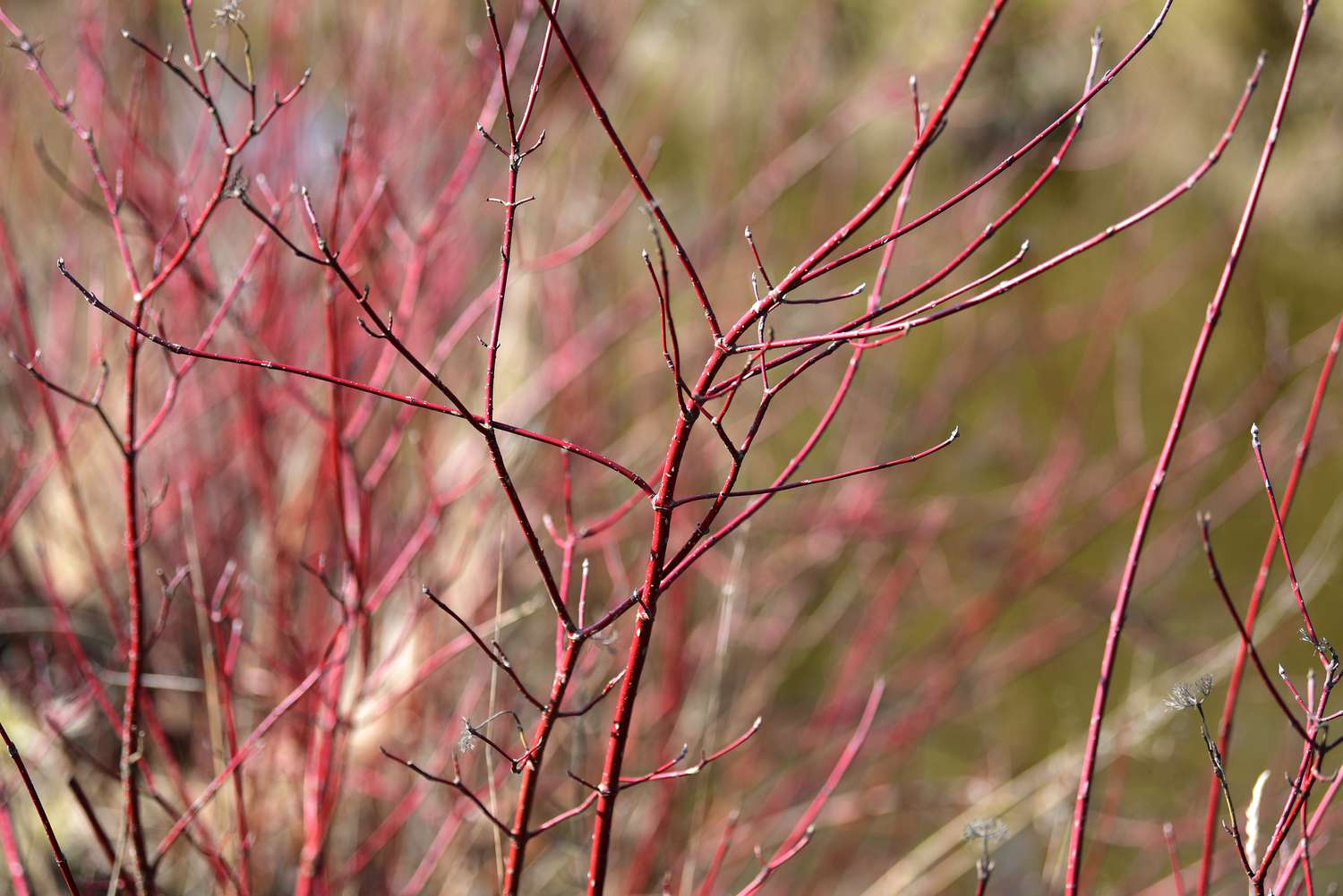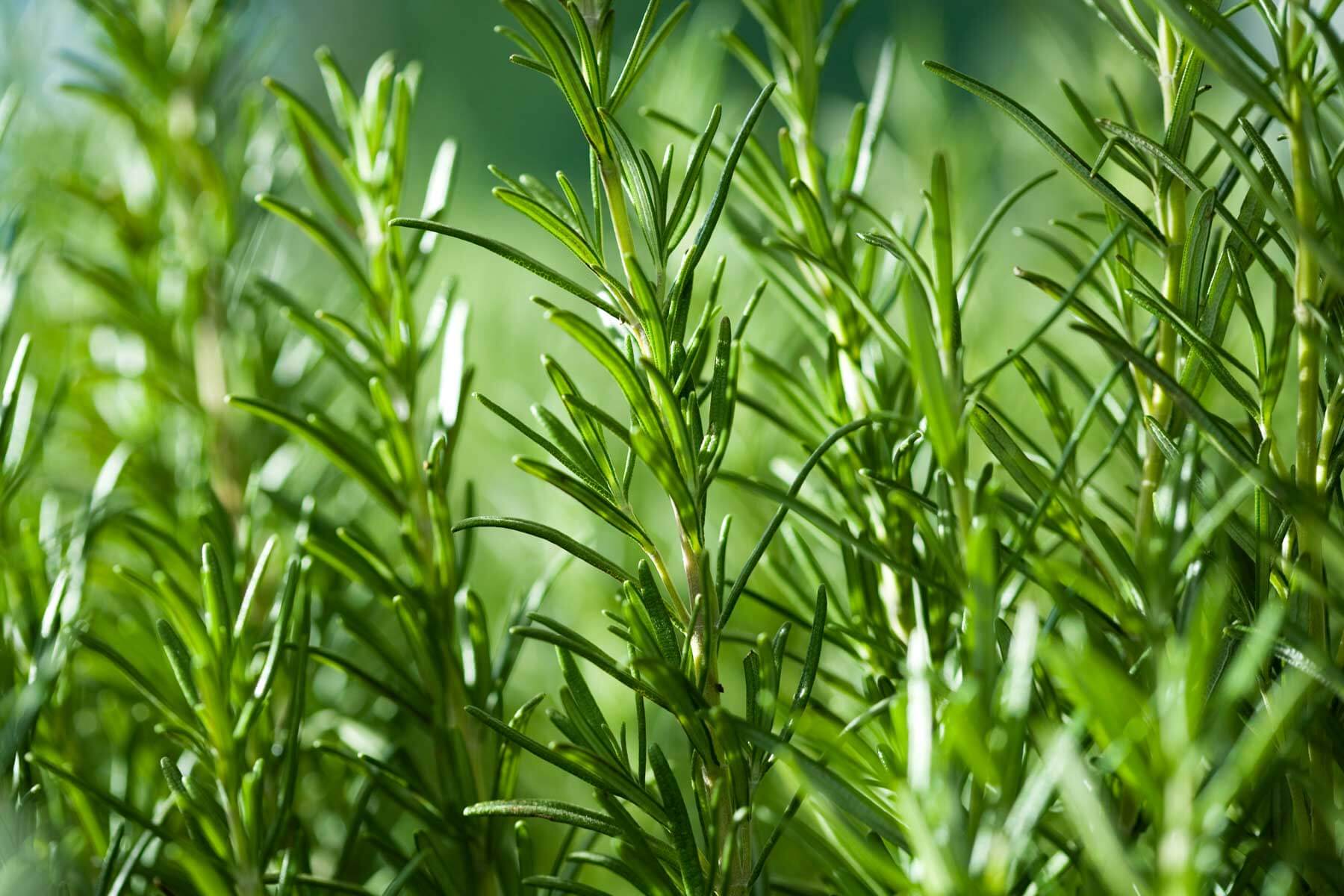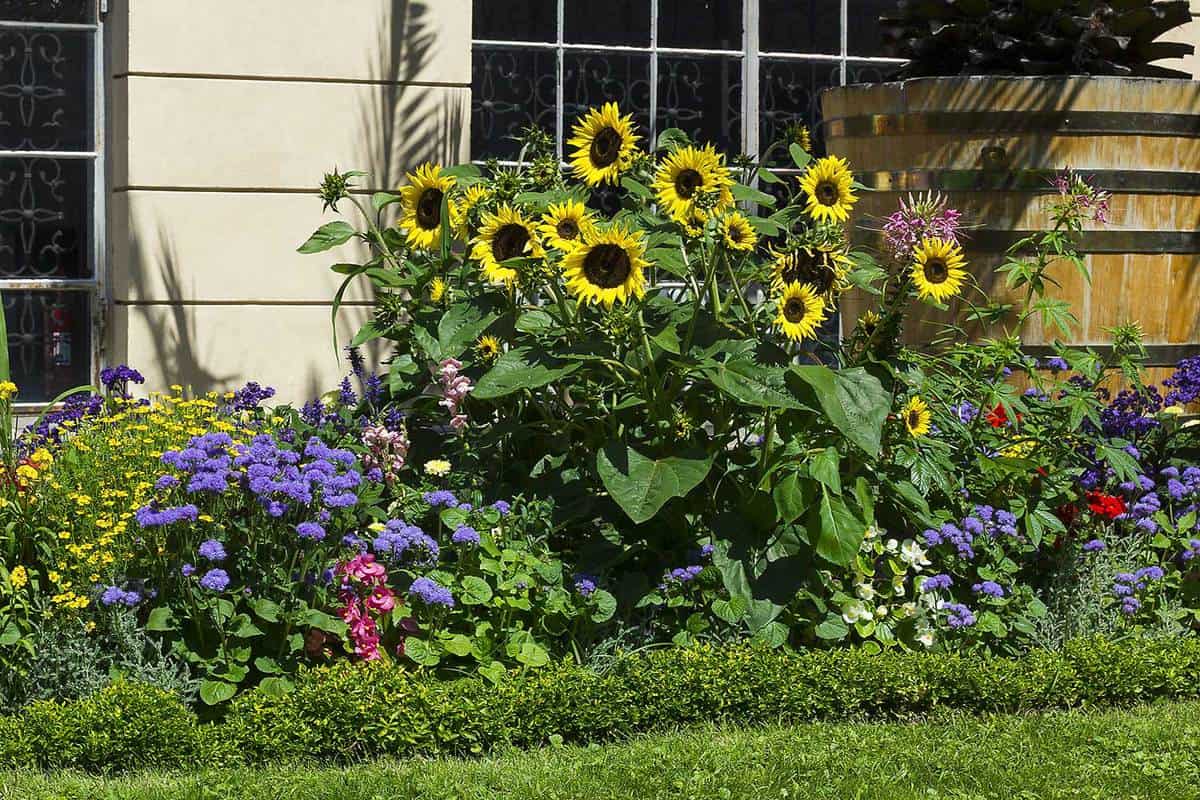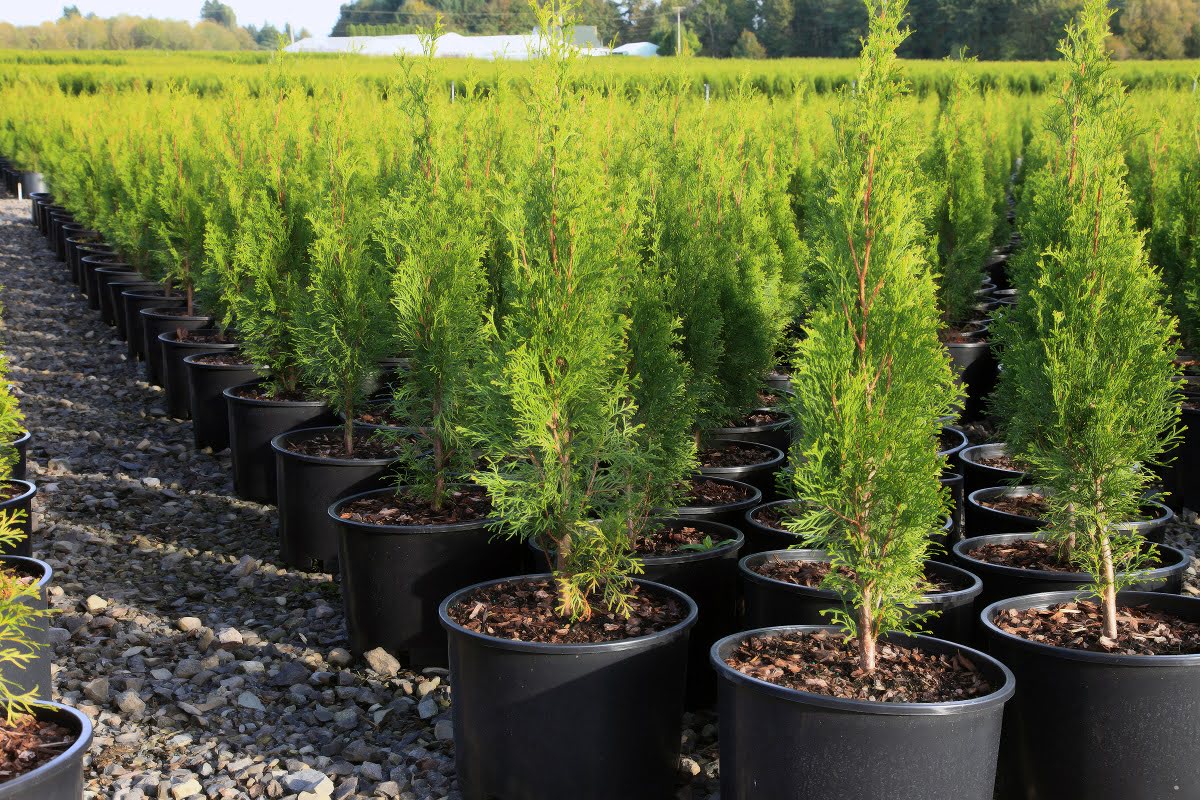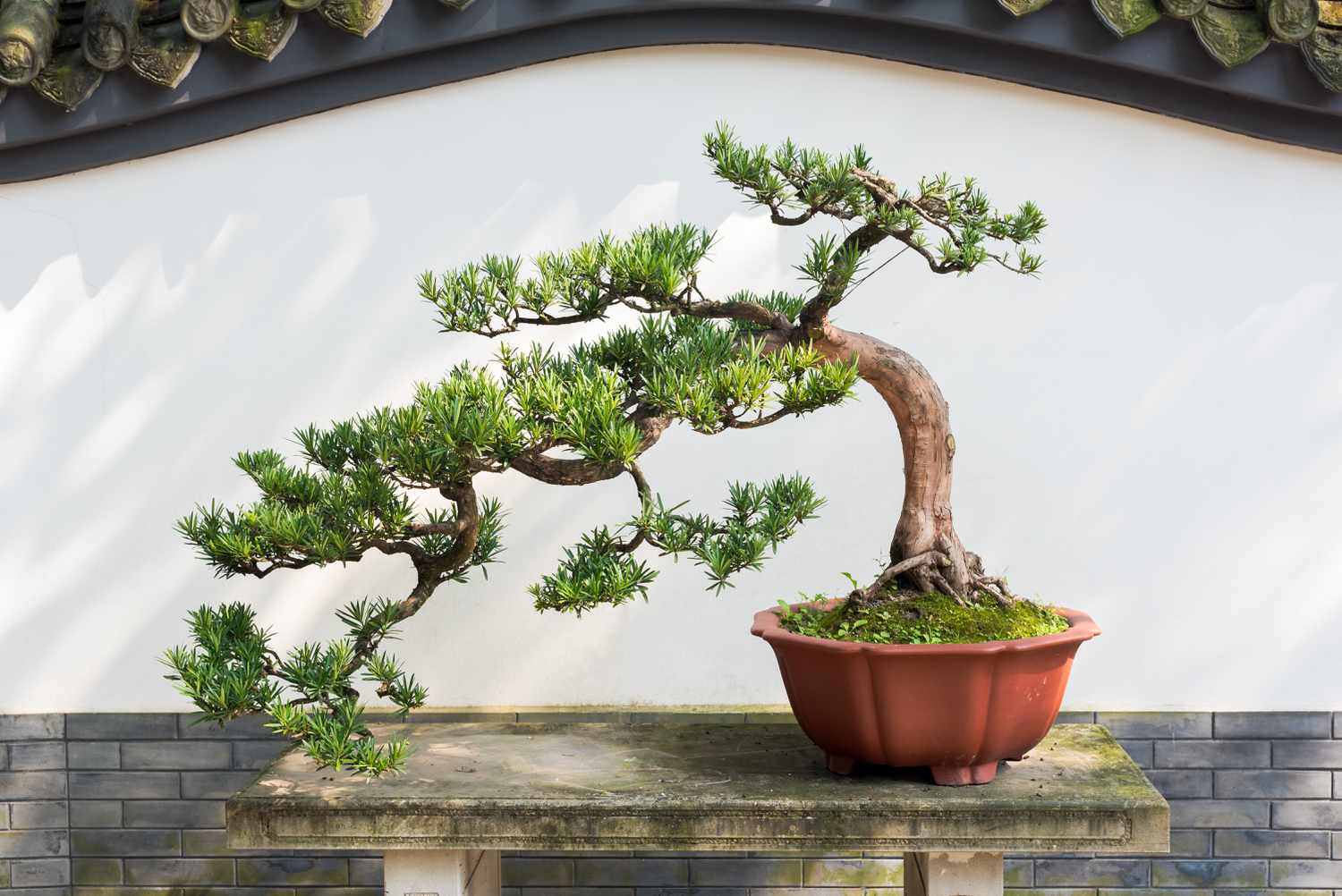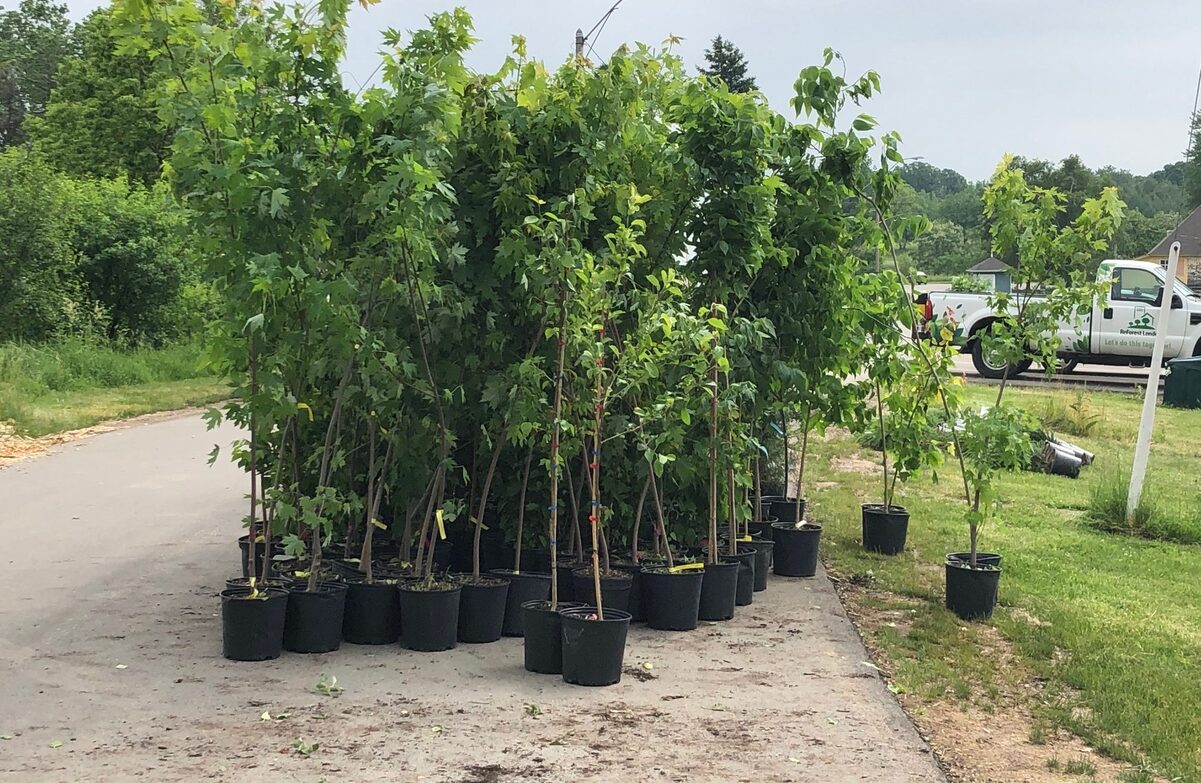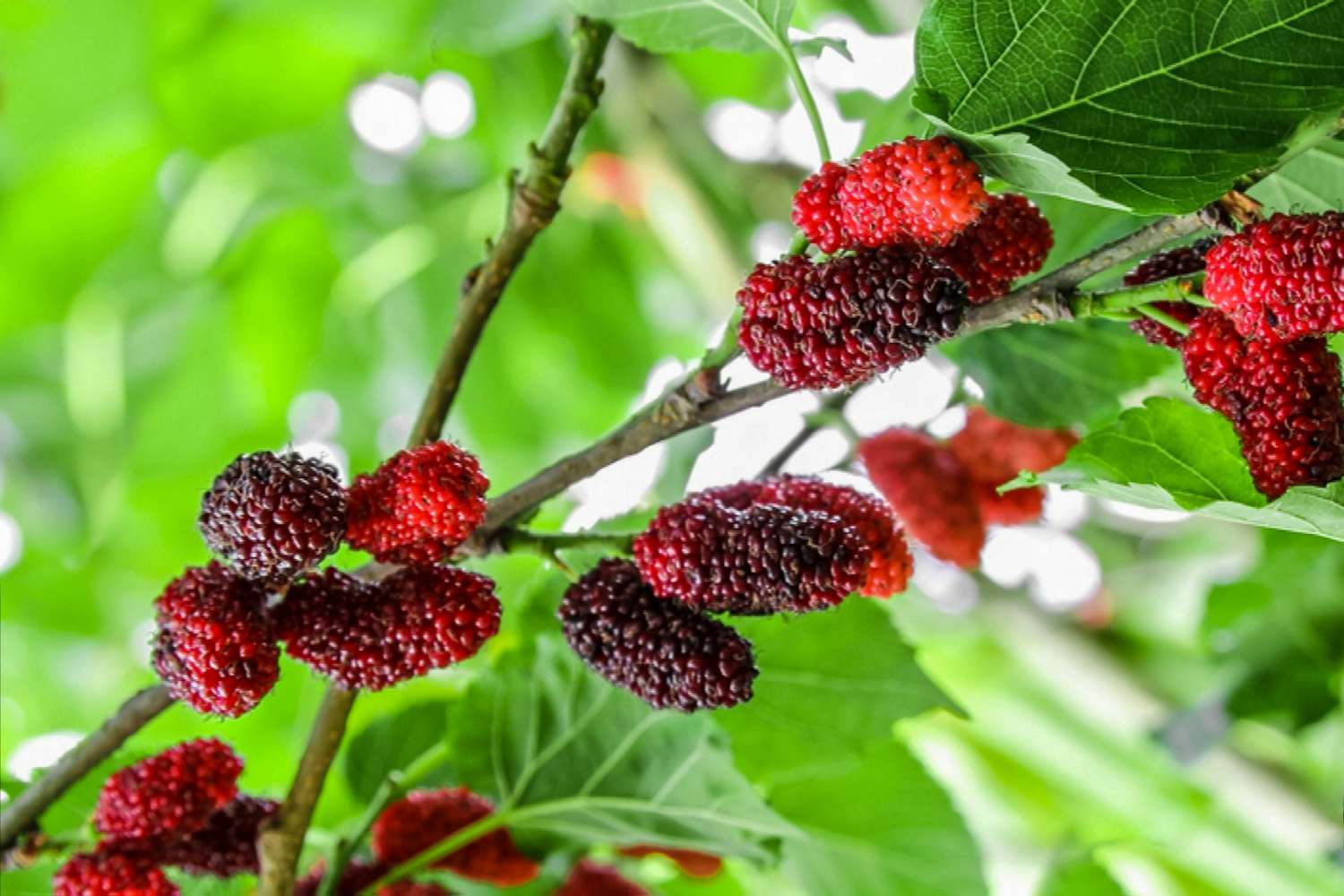Home>Gardening Techniques>Plant Care>Where To Plant Dogwood Trees
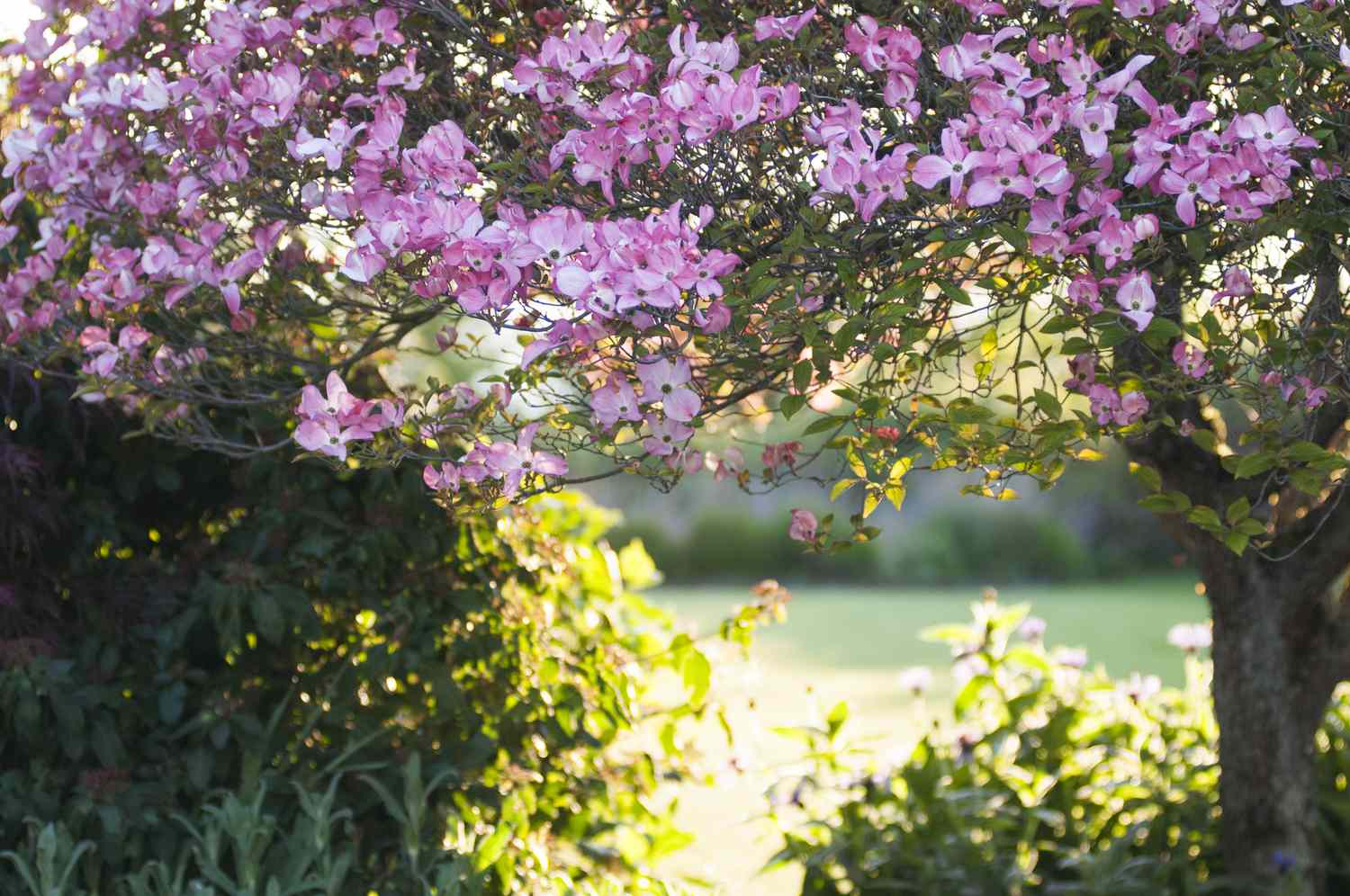

Plant Care
Where To Plant Dogwood Trees
Published: November 11, 2023
Discover the best tips and techniques for plant care when it comes to planting dogwood trees. Enhance your gardening skills with our expert advice and ensure the success of your dogwood tree plantings.
(Many of the links in this article redirect to a specific reviewed product. Your purchase of these products through affiliate links helps to generate commission for Chicagolandgardening.com, at no extra cost. Learn more)
Table of Contents
- Introduction
- Factors to Consider Before Planting Dogwood Trees
- Sunlight Requirements for Dogwood Trees
- Soil Conditions for Dogwood Tree Growth
- Choosing the Right Location for Planting Dogwood Trees
- Best Time to Plant Dogwood Trees
- Steps to Prepare the Planting Site for Dogwood Trees
- Planting and Caring for Dogwood Trees
- Common Issues and Troubleshooting for Dogwood Tree Growth
- Conclusion
Introduction
Welcome to the world of dogwood trees, where beauty meets grace and nature thrives in all its glory. If you’re a plant lover or a gardening enthusiast, you may have heard of the striking dogwood tree. With its showy blossoms, vibrant foliage, and ornamental bark, dogwood trees are a popular choice for landscapes.
But before you rush out to buy a sapling and dig a hole in your yard, it’s important to understand the factors that contribute to successful dogwood tree growth. From sunlight requirements to soil conditions, choosing the right location to planting and caring for these delicate trees, there’s a lot to consider.
In this comprehensive guide, we’ll take you through the journey of planting and caring for dogwood trees. Whether you’re a beginner gardener or a seasoned pro, we’ll equip you with the knowledge and tips you need to make your dogwood tree flourish.
Get ready to explore the world of dogwood trees and discover the joy of nurturing these magnificent plants.
Factors to Consider Before Planting Dogwood Trees
Planting a dogwood tree is an exciting endeavor, but it’s essential to consider a few factors before embarking on this green journey. By understanding these factors, you can ensure the health and longevity of your dogwood tree.
1. Climate: Dogwood trees thrive in temperate climates, preferring regions with mild winters and moderate rainfall. While they can tolerate some cold and heat, extreme temperatures can stress the tree and hinder its growth. Consider your climate zone before choosing to plant a dogwood tree.
2. Space: Dogwood trees vary in size, with some reaching heights of 10-25 feet and others growing into shrubs. Assess the available space in your garden or yard to determine the appropriate variety to plant. Additionally, keep in mind the tree’s canopy spread and make sure it won’t obstruct other plants or structures.
3. Soil Drainage: Dogwood trees prefer well-draining soil. They do not tolerate waterlogged conditions, as it can lead to root rot. Ensure that the area where you plan to plant the dogwood has good drainage to prevent waterlogged soil.
4. Shade or Sun: Dogwood trees generally prefer partial shade. Too much direct sunlight can scorch the leaves and hinder blooming, while excessive shade may limit flower production. Find a spot in your garden that offers dappled sunlight or morning and evening sun with some shade during the hottest part of the day.
5. Pest and Disease Resistance: Consider the pest and disease resistance of the dogwood tree variety you choose. Some varieties exhibit higher resistance to common pests and diseases, which reduces the need for chemical treatments and increases the tree’s overall health.
By considering these factors, you can select the right dogwood tree variety and create an optimal growing environment. Taking the time to assess these elements will greatly increase the chances of success and enjoyment of your dogwood tree for years to come.
Sunlight Requirements for Dogwood Trees
When it comes to sunlight, dogwood trees are known for their preference for partial shade. While they can tolerate some direct sunlight, excessive exposure can have negative effects on their growth and overall health. Understanding the sunlight requirements of dogwood trees is crucial for maintaining their vibrant appearance and promoting abundant blooms.
1. Partial Shade: Dogwood trees thrive in partial shade, which means they require a balance of direct sunlight and shade throughout the day. A spot with dappled sunlight or morning and evening sun with some shade during the hottest part of the day is ideal. This helps prevent the leaves from getting scorched and promotes healthy growth.
2. Filtered Light: If your garden doesn’t have ideal conditions for partial shade, you can create filtered light using natural barriers like other trees or shrubs. This allows some sunlight to penetrate while protecting the dogwood tree from direct exposure. Keep in mind that the filtered light should still provide enough brightness for the dogwood tree to thrive.
3. Avoid Full Sun: While dogwood trees can tolerate some direct sunlight, it’s important to avoid planting them in areas with full sun exposure throughout the day. Full sun can lead to leaf scorching, reduced blooming, and overall stress on the tree. If you live in a region with intense sunlight, consider planting the dogwood tree in an area that receives shade during the hottest part of the day.
4. Adjust to Shadier Conditions: Dogwood trees can adjust to shadier conditions, making them adaptable to different environments. If your garden has more shade than ideal, the tree can acclimate and still produce beautiful blooms. Just be aware that excessive shade may limit flower production, so try to strike a balance between shade and sunlight.
By providing the appropriate amount of sunlight, you can ensure the healthy growth and vibrant appearance of your dogwood tree. Remember to monitor the tree’s response to its sunlight exposure and make any necessary adjustments to maintain optimal conditions for its overall well-being.
Soil Conditions for Dogwood Tree Growth
The soil in which you plant your dogwood tree plays a vital role in its growth and overall health. Understanding the specific soil conditions that dogwood trees prefer will help you create an optimal environment for them to thrive.
1. Well-Draining Soil: Dogwood trees prefer soil that drains well. They do not tolerate standing water or waterlogged conditions, as this can lead to root rot and other diseases. Ensure that the soil has good drainage by avoiding heavy clay or compacted soil. If your soil does not naturally drain well, consider amending it with organic matter, such as compost or peat moss, to improve its drainage capabilities.
2.
3. Moisture Retention: While dogwood trees prefer well-draining soil, they still require consistent moisture. The soil should retain enough moisture for the tree’s roots to absorb, but avoid over-watering, which can lead to root rot. Applying a layer of organic mulch around the base of the tree can help retain moisture in the soil and regulate its temperature.
4. Organic Matter: Incorporating organic matter into the soil is beneficial for dogwood tree growth. Organic matter improves soil structure, fertility, and moisture retention. Before planting, amend the soil with well-rotted compost, leaf mold, or other organic materials to enrich its nutrient content.
5. Avoid Compacted Soil: Dogwood tree roots need space to grow and access oxygen. Avoid planting in areas with compacted soil, as it restricts root growth and can lead to poor tree health. If the soil is compacted, aerate it properly before planting the dogwood tree.
By ensuring well-draining soil with proper pH levels, moisture retention, and organic matter content, you can provide the ideal soil conditions for your dogwood tree’s growth. Remember to regularly monitor soil moisture levels and make adjustments as necessary to maintain optimal growing conditions for your tree.
Choosing the Right Location for Planting Dogwood Trees
Choosing the right location is crucial for the success and longevity of your dogwood tree. The right balance of sunlight, soil conditions, and space will ensure that your tree thrives and becomes the focal point of your garden. Consider the following factors when selecting a location for planting your dogwood tree:
1. Sunlight: Dogwood trees prefer partial shade, so look for a location that provides dappled sunlight or morning and evening sun with some shade during the hottest part of the day. Avoid planting in areas with full sun exposure, as it can cause leaf scorching and hinder flower production.
2. Soil Drainage: Dogwood trees require well-draining soil to prevent waterlogging and root rot. Choose a location with soil that drains well and avoid areas prone to standing water, such as low-lying regions or areas with compacted soil.
3. Space: Consider the mature size of the dogwood tree and ensure there is enough space for it to grow. Take into account the height and spread of the tree’s canopy, ensuring it will not interfere with other plants, buildings, or structures. Proper spacing allows for good air circulation and prevents overcrowding.
4. Environmental Factors: Take note of any environmental factors that may impact the health of the dogwood tree. Avoid planting in areas prone to strong winds or locations with air pollution, as these can stress the tree and hinder its growth. Similarly, consider the potential exposure to pests or diseases in the chosen location.
5. Aesthetic Considerations: Lastly, consider the overall visual appeal and aesthetic of your garden or landscape. Plant the dogwood tree where it can become an eye-catching focal point or complement the surrounding plants and elements. Choose a location that allows you to enjoy the beauty of the tree and its blooms throughout the season.
By carefully selecting the right location for your dogwood tree, you set it up for success and create an optimal environment for growth. Remember to regularly assess the chosen location to ensure it continues to meet the tree’s needs as it matures.
Best Time to Plant Dogwood Trees
Choosing the right time to plant your dogwood tree is essential for its successful establishment and growth. While dogwood trees can be planted throughout the year in some regions, there are specific seasons that are considered optimal for planting. Consider the following factors to determine the best time to plant your dogwood tree:
1. Dormant Season: The dormant season, which is typically during late fall to early spring, is considered the best time to plant dogwood trees. Planting during this period allows the tree to establish its root system before facing the harsh conditions of summer or the stress of active growth. The dormant season provides cool temperatures and adequate moisture for root development.
2. Avoiding Extreme Weather: It’s important to avoid planting dogwood trees during times of extreme weather, such as intense heat or freezing temperatures. Extreme weather can stress the tree and hinder its establishment. Planting during mild weather conditions, when temperatures are moderate and there is adequate moisture, provides the best chance for success.
3. Local Climate: Consider your local climate when deciding the best time to plant. In regions with mild winters and moderate temperatures, planting can be done in late fall, winter, or early spring. However, in areas with harsh winters or extreme summer heat, it’s advisable to plant in early spring or fall to give the tree the best chance to establish itself before challenging weather arrives.
4. Container-Grown Trees: Dogwood trees that are sold in containers can be planted at any time of the year, as long as the ground is not frozen. These trees have a better chance of survival because their root systems are intact. However, it’s still advisable to avoid extreme weather conditions and ensure the tree receives adequate care during the planting process.
Regardless of the specific timing, it’s important to ensure that the planting site is prepared properly, with the soil prepared and well-drained. Providing proper care, including watering and mulching, post-planting is essential to support the tree’s initial growth.
By considering the dormant season, avoiding extreme weather, and taking into account your local climate, you can determine the best time to plant your dogwood tree. Planting during the optimal time will give your tree the best chance to establish itself and thrive in its new home.
Steps to Prepare the Planting Site for Dogwood Trees
Preparing the planting site properly is crucial for the successful establishment and growth of your dogwood tree. By following these steps, you can create an optimal environment that promotes healthy root development and overall tree health:
1. Choose the Right Location: Select a location that meets the criteria discussed earlier, including partial shade, well-draining soil, and sufficient space for the tree to grow. Take into account the tree’s mature size and its aesthetic impact on your landscape.
2. Clear the Area: Clear the planting area of any existing vegetation, weeds, or grass. Remove any large rocks, debris, or branches that may impede root growth or cause damage to the tree.
3. Soil Preparation: Dig a hole that is wider and slightly shallower than the root ball of your dogwood tree. This will allow room for the roots to spread. Loosen the soil in the hole with a garden fork or shovel to improve its structure and create a favorable environment for root penetration.
4. Amend the Soil: If your soil has poor drainage or lacks nutrients, consider amending it with organic matter, such as compost or well-rotted manure. Mix the amendments thoroughly with the existing soil to ensure a homogenous mixture.
5. Prepare the Tree: Remove the dogwood tree from its container or carefully untangle the roots if it is balled and burlapped. Inspect the roots for any damaged or circling roots and prune them if necessary. Soak the roots in a bucket of water for a few hours before planting, ensuring they are well-hydrated.
6. Planting: Place the tree in the center of the prepared hole, making sure the root collar (the area where the trunk meets the roots) is slightly above the soil surface. Backfill the hole with the amended soil, gently firming it around the roots to eliminate air pockets. Avoid compacting the soil too tightly, as it can hinder root growth.
7. Watering and Mulching: After planting, thoroughly water the tree to settle the soil and provide moisture for the roots. Apply a layer of mulch around the base of the tree, taking care to keep it a few inches away from the trunk. Mulch helps retain soil moisture, regulate temperature, and suppress weed growth.
By following these steps to prepare the planting site, you can provide a favorable environment for your dogwood tree’s roots to establish and grow. Remember to monitor soil moisture levels and provide regular care and maintenance to ensure the tree’s ongoing health and vitality.
Planting and Caring for Dogwood Trees
Once you have prepared the planting site for your dogwood tree, it’s time to focus on the planting process and ongoing care to ensure the tree’s health and vitality. By following these guidelines, you can provide the necessary care for your dogwood tree:
1. Watering: Proper watering is crucial, especially during the first year after planting. Water the tree deeply, providing enough moisture to reach the root system. Keep the soil consistently moist but not waterlogged. During periods of drought or dry weather, increase watering frequency to prevent stress to the tree.
2. Mulching: Apply a layer of mulch around the base of the tree, extending several inches beyond the drip line. This helps conserve moisture, regulate soil temperature, and suppress weed growth. Avoid piling mulch directly against the trunk to prevent moisture retention and potential rot or disease.
3. Pruning: Dogwood trees generally do not require extensive pruning. However, remove any dead, damaged, or diseased branches as needed. Prune lightly to maintain a balanced shape and remove any crossed or crowded branches to improve airflow within the canopy.
4. Fertilizing: Dogwood trees generally do not require frequent fertilization, especially if the soil has been properly amended before planting. However, if you notice signs of nutrient deficiency, such as yellowing leaves or stunted growth, you can apply a balanced, slow-release fertilizer in early spring. Follow the manufacturer’s instructions for proper application rates.
5. Protection from Pests and Diseases: Monitor your dogwood tree for signs of pests, such as aphids, scales, or borers. Early detection and prompt treatment will help prevent pest infestations. Additionally, keep an eye out for common diseases like powdery mildew or dogwood anthracnose. Take preventive measures, such as providing good airflow and avoiding overhead watering, to minimize disease occurrence.
6. Winter Protection: In regions with harsh winters, consider protecting your dogwood tree from freezing temperatures, frost, or heavy snow. Insulate the base of the tree with a layer of mulch or a protective covering to minimize winter damage. Avoid using materials that can trap moisture against the trunk, potentially causing rot.
7. Regular Monitoring: Regularly inspect your dogwood tree for any signs of stress, such as wilting leaves, discoloration, or unusual growth patterns. Promptly address any issues to prevent further damage and promote the tree’s overall health.
By providing proper care and attention to your dogwood tree, you can ensure its continued growth and beauty. Regular watering, mulching, and monitoring for pests and diseases will help maintain a healthy and thriving tree for years to come.
Common Issues and Troubleshooting for Dogwood Tree Growth
While dogwood trees are generally hardy and resistant to many pests and diseases, they can still encounter common issues that may hinder their growth and overall health. By being aware of these issues and understanding how to troubleshoot them, you can effectively address problems and ensure the continued vitality of your dogwood tree:
1. Powdery Mildew: Powdery mildew is a fungal disease characterized by a white, powdery coating on the leaves. It thrives in humid conditions with poor air circulation. To prevent powdery mildew, ensure proper spacing between plants, promote good airflow, and avoid overhead watering. If detected, treat with a fungicide following label instructions.
2. Anthracnose: Dogwood anthracnose is a fungal disease that causes leaf spot, canker, and dieback. It is common during periods of wet weather. To prevent anthracnose, ensure proper sanitation, remove and destroy infected branches, and provide good air circulation. Fungicidal treatments may be necessary, especially during periods of high disease prevalence.
3. Leaf Scorch: Leaf scorch occurs when the dogwood tree is exposed to excessive heat, sun, or drought. Symptoms include brown, scorched leaf edges. To prevent leaf scorch, plant in partial shade, provide regular watering, and apply a layer of mulch to retain soil moisture. Avoid planting in areas with intense afternoon sun.
4. Poor Flowering: Several factors can contribute to poor flowering, including insufficient sunlight, extreme temperatures, improper pruning, or nutrient deficiencies. Ensure the tree receives adequate sunlight, avoid excessive pruning, and apply a balanced fertilizer if nutrient deficiencies are suspected. Additionally, choose dogwood tree varieties known for their abundant blooms.
5. Root Rot: Root rot occurs in poorly drained soil and can lead to root decay and stunted growth. To prevent root rot, ensure the planting site has well-draining soil and avoid over-watering. If root rot is suspected, remove affected soil, improve drainage, and consider using fungicidal treatments.
6. Pest Infestations: Dogwood trees can be susceptible to pests such as aphids, scales, borers, or caterpillars. Monitor the tree regularly and take prompt action to control pest populations. Natural remedies, like introducing beneficial insects or using organic insecticides, can be effective in managing pest infestations.
7. Environmental Stress: Environmental factors, such as extreme weather conditions or poor cultural practices, can stress dogwood trees. Ensure the tree is planted in the appropriate location, provide proper care and maintenance (including watering, mulching, and fertilizing), and protect the tree from extreme temperatures or harsh conditions.
By promptly identifying and addressing these common issues, you can effectively troubleshoot problems that may arise in the growth of your dogwood tree. Providing appropriate care, implementing preventive measures, and seeking professional assistance when needed will help ensure the ongoing health and beauty of your tree.
Conclusion
Planting and caring for dogwood trees can be a rewarding experience, adding beauty and elegance to your landscape. By understanding the factors that contribute to successful dogwood tree growth, such as sunlight requirements, soil conditions, and proper planting techniques, you can create an optimal environment for these magnificent trees to thrive.
From choosing the right location to preparing the planting site and providing ongoing care, every step in the process is important. Selecting a spot with partial shade, well-draining soil, and sufficient space allows the tree to flourish. By amending the soil, preparing the tree for planting, and providing adequate water, mulch, and nutrients, you give your dogwood tree a solid foundation for growth.
As with any plant, dogwood trees may encounter various issues along the way. Powdery mildew, anthracnose, leaf scorch, poor flowering, and pests can pose challenges to your tree’s health. However, by recognizing the signs and implementing appropriate measures, such as proper sanitation, pruning, and treatment with fungicides or natural remedies, you can overcome these obstacles and safeguard your tree’s well-being.
Remember to regularly monitor your dogwood tree, adjusting care as needed based on its specific requirements. Stay vigilant against environmental stressors, provide protection during harsh weather conditions, and pay attention to signs of stress or disease. By being proactive and responsive to your tree’s needs, you can ensure its long-term survival and beauty.
Whether you’re a seasoned gardener or a beginner, cultivating and nurturing a dogwood tree can be a gratifying experience. The vibrant blossoms, stunning foliage, and ornamental bark will delight you and enrich your outdoor space for years to come. So, get ready to embark on your journey of planting and caring for dogwood trees, and be prepared to enjoy the beauty and serenity they bring to your garden.
